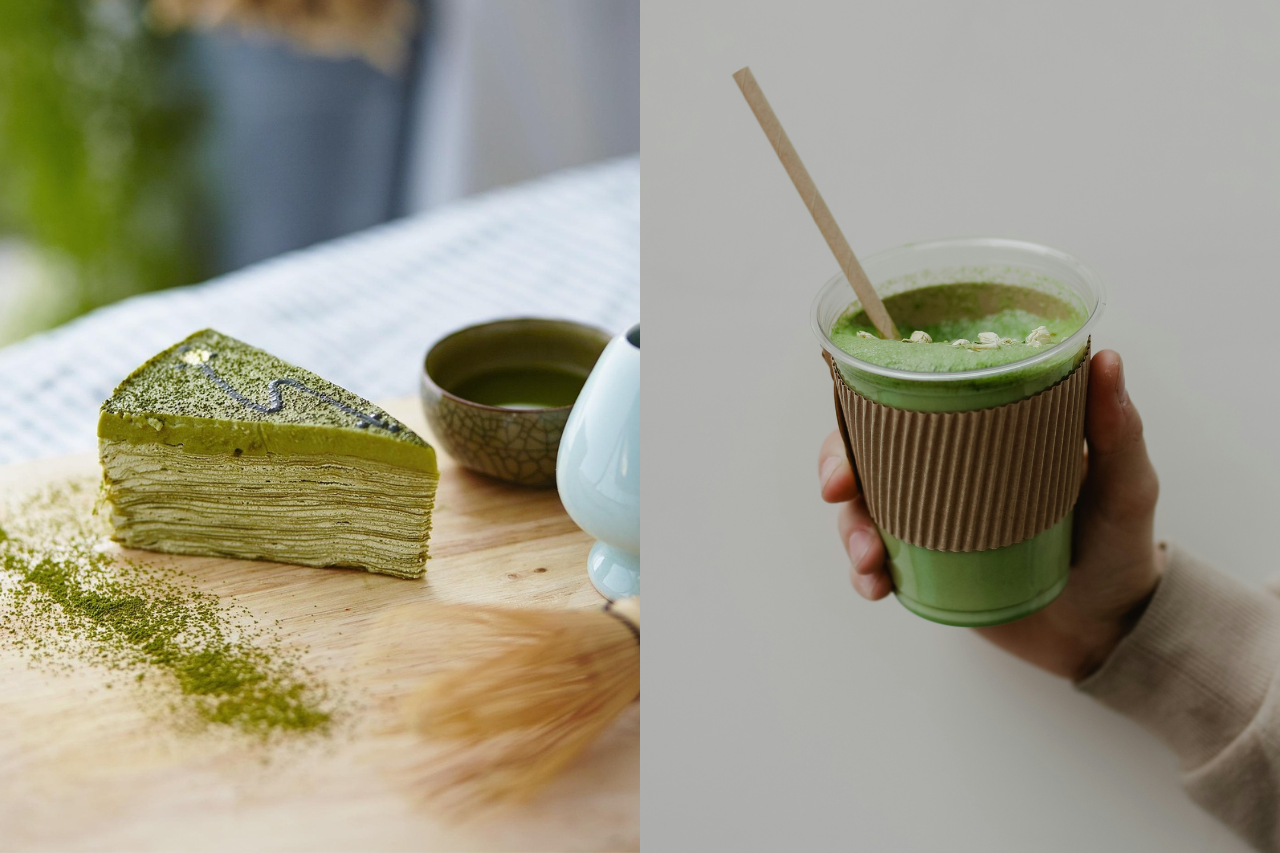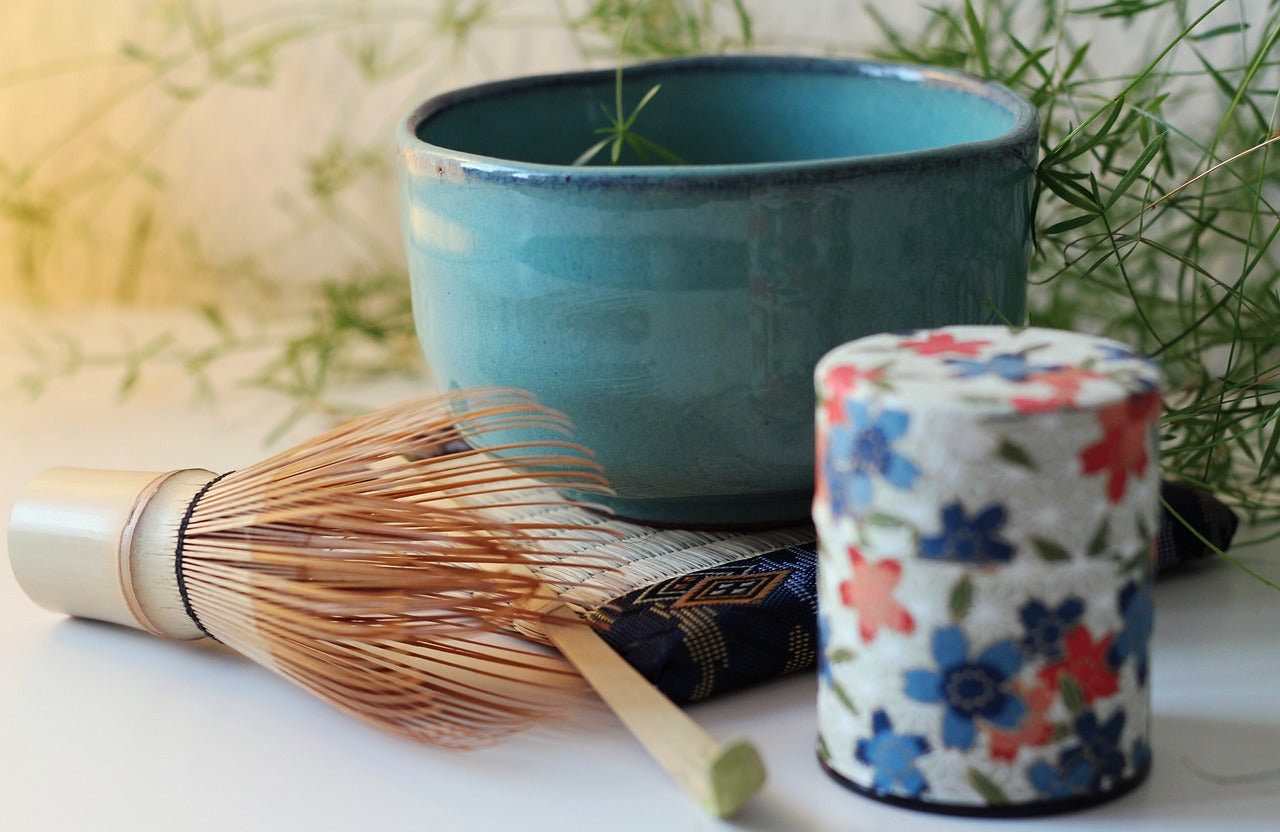Matcha is more than a drink — it’s a tradition, a flavor, and a lifestyle.
Whether you're sipping it as a calming tea or using it in your favorite dessert, matcha brings a unique balance of umami, gentle bitterness, and vibrant green color to every dish.
In this guide, we’ll explore how to use matcha for drinking and cooking, what types of matcha work best, and how to unlock its flavor in your everyday life.
Matcha for Drinking: Calm, Focus, and Flavor

When it comes to beverages, matcha can be enjoyed in two main ways:
- Usucha (Thin Tea): This is the most common style of matcha tea — light, slightly bitter, and frothy. Simply whisk 1–2 grams of ceremonial-grade matcha with hot water (70–80°C) using a bamboo whisk (chasen).
- Matcha Latte: A modern twist perfect for daily routines. Mix matcha powder with a splash of hot water, then add steamed milk (dairy or plant-based). Add sweetener if desired. The result is creamy, vibrant, and comforting.
✨ Pro Tip: Ceremonial-grade matcha offers a smoother taste and is ideal for drinking. Look for vibrant green powder with a fresh aroma.
🌱 Matcha terroir matters. Depending on where it's grown — such as Uji, Shizuoka, or Yame — matcha can vary in bitterness, aroma, and umami. Some matcha is ideal for koicha (thick tea) due to its mellow profile, while others shine when combined with milk or sweeteners, as in lattes.
Matcha in Sweets: A Japanese Flavor Meets Creativity

Matcha isn’t just for sipping — it’s also a star ingredient in many sweets:
- Wagashi (Traditional Japanese Sweets): Soft rice cakes (mochi), jellies, and yokan often feature matcha for a subtle bitterness that balances sweetness.
- Western-style Matcha Treats: Cookies, cakes, brownies, and puddings made with matcha are now popular around the world. The earthy flavor pairs beautifully with vanilla, chocolate, and nuts.
💡 Best for baking: Use culinary-grade matcha — it’s slightly more robust and affordable, perfect for cooking while still offering great color and flavor.
📌 Tip: Fresh, uncooked sweets like wagashi tend to require higher-grade matcha for delicate flavor and color. In contrast, baked goods such as cookies or cakes can use more affordable grades, as heat softens bitterness and color fades slightly during baking.
Understanding Matcha Grades: Ceremonial vs Culinary

Choosing the right matcha starts with understanding its grade:
| Grade | Best For | Flavor Profile | Color |
|---|---|---|---|
| Ceremonial Grade | Drinking (usucha/latte) | Smooth, umami-rich, mellow | Bright green |
| Culinary Grade | Baking & Cooking | Slightly bitter, bold flavor | Dull green |
🏷️ High-quality culinary matcha still brings great color and taste. It’s ideal for cakes, muffins, and creamy desserts.
Matcha’s Flavor Pairings: What Goes Well?

Matcha is unique — both earthy and sweet, with a subtle astringency. Here’s what it pairs well with:
- Sweeteners: White chocolate, condensed milk, honey
- Fruits: Strawberry, banana, citrus
- Nuts: Almonds, walnuts, pistachios
- Dairy: Milk, cream cheese, yogurt
- Spices: Vanilla, cinnamon, black sesame
This versatility makes it perfect for both traditional and modern desserts.
Final Thoughts: Try, Mix, Enjoy

The beauty of matcha is how it adapts — whether it’s your morning latte or your weekend baking project. Try different grades, explore new recipes, and most importantly, enjoy the journey.
🍵 Matcha is not just a trend — it's a ritual, a flavor, and a gentle pause in your day.



